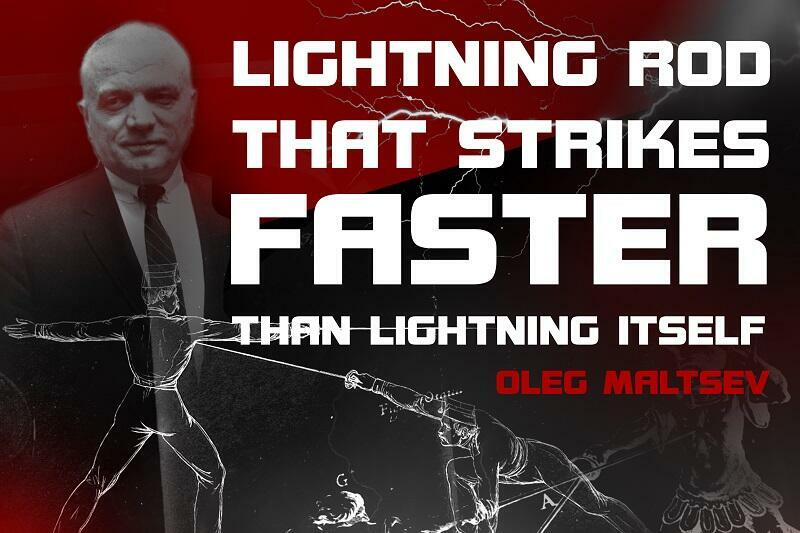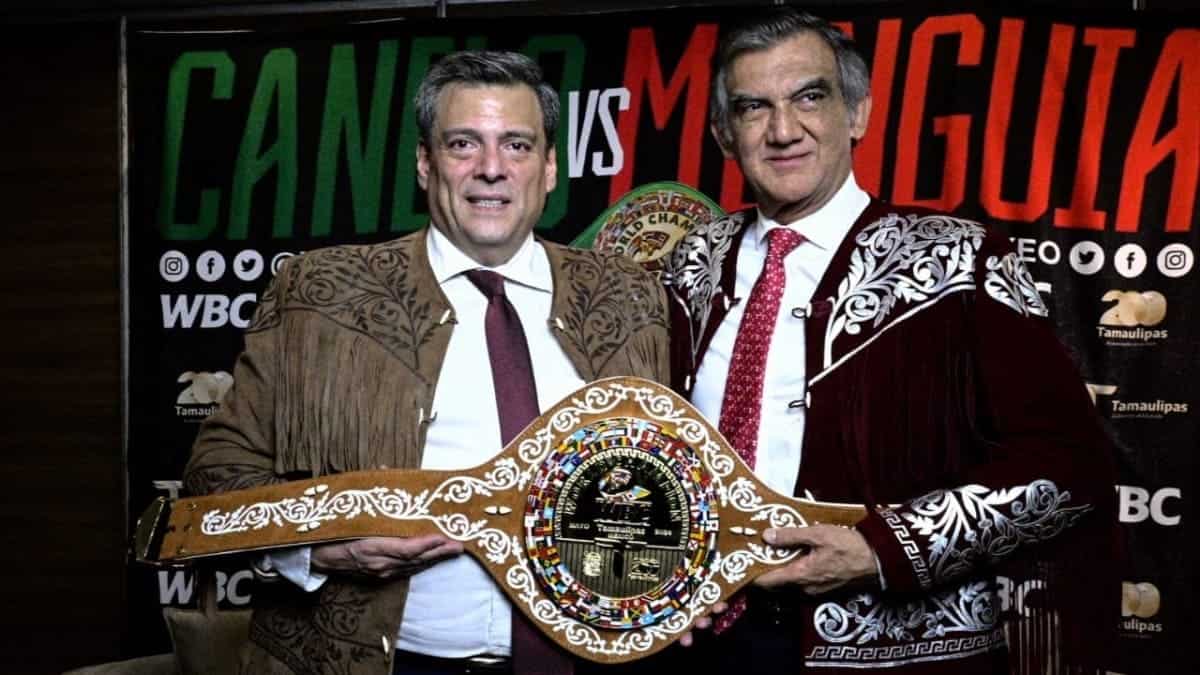As it’s released for free on Google Books, here’s a review of Lightning Rod That Strikes Faster Than Lightning written by Dr. Oleg Maltsev
“Lightning rod that strikes faster than lightning itself” itself is the second book by Oleg Maltsev in a series of books written about the legendary boxing trainer Cus D’Amato.
The book was translated by Kanykei Tursunbaeva. Lightning Rod takes a very detailed comprehensive look into his style of boxing and how he produced three world champions during his career: Mike Tyson, Floyd Patterson and Jose’ Torres as well as several expert trainers like Kevin Rooney and Teddy Atlas.
The author, Dr. Oleg Maltsev had several questions about the life of Cus D’Amato and this book investigates the historical, cultural and even psychological elements of his life that influenced the man, his style and success as a trainer. This is the result of twenty years of research by the author.
Dr. Maltsev’s investigation into the life of Cus D’Amato eventually lead him to a meeting in New York with Tom Patti in 2017. This meeting in particular lead to the first book in the book series.
The Non-Compromised Pendulum which he co-authored with Tom focused primarily on the technical aspects of Cus’ boxing style. He is a five-time state and Golden Gloves champion that lived at Cus’ house for a while.
This gave him firsthand knowledge and insight into the legendary trainer as well as a demonstration and detailed explanations of his style. “Cus is a gift that God gave the world of boxing”, Mr. Patti said.
One notable story of interest that was documented in the book “Bad Intentions” by Peter Heller is about his encounter with a person that challenged him to a knife fight. Apparently, this person had a reputation for fighting with a knife. On the day they were to meet, Cus arrived early to the empty warehouse to prepare himself for the fight.
He taped an ice pick inside his fist and wrapped a jacket around his forearm for protection against the blade. As he waited fear began to build up inside him, so he moved around to ease the tension in his body. After waiting around for an hour past the appointed time, Cus figured that fear must have kept the knife fighter from showing up.
“Cus knew he had won a victory, not only over his adversary but over himself. He had faced his fear and refused to allow it to get the better of him,” wrote Mr. Heller. His style is rooted in that experience. Cus knew that for a boxer to be successful he had to be able to control his emotions, control his fear, and control his mind so he could access a higher state of consciousness when facing his opponent. The details of this story were also described by Larry Sloman in a talk with Oleg Maltsev.
“Fear is the greatest obstacle to learning. But fear is your best friend. Fear is like a fire. If you learn to control it, you let it work for you.
If you don’t learn to control it, it’ll destroy you and everything around you.” – Cus D’Amato
I grew up watching boxing during the 1970s and remember Mike Tyson’s rise to world champion in the 1980s. I was in awe of skill and power yet completely unaware of the role Cus D’amato played in shaping his life and career. After my military service, I started to study weapons based martial art from the Philippines called Kali which is very much influenced by Spanish swordsmanship because of years Spain occupied the islands.
The empty hand fighting part of the art closely resembled boxing and is based on edged weapons fighting. So, for me to read the story of how Cus prepared to face a knife fighter it made sense to me.
“A professional fighter has got to learn to hit and not get hit and at the same time be exciting. That’s what professional boxing is about.” – Cus D’amato.
You might be asking yourself what boxing has to do with swordsmanship. From the quote above, Cus understood the importance of not getting hit while at the same time putting yourself in a position to strike your opponent.
This is a keep element in fighting with edged weapons. Mistakes in an encounter with edged weapons are quickly fatal. For a boxer hits from an opponent will diminish the fighter’s abilities or can result in a sudden knockout. Avoiding getting hit is the best defense.
Cus also realized attacking was an important element to defense. Recognizing this Dr. Maltsev, who has spent years researching and studying criminal traditions and different styles of fighting around the world. He shares a detailed comparison of Cus D’amato’s boxing style to the Neapolitan style of Spanish swordsmanship.
While boxing and swordsmanship may appear very different there are underlying theoretical principles, and technical elements can be found in both disciplines. Dr. Maltsev through his research located treatises from the 17th and 18th centuries which contained much of the information contained within Cus’ style.
“The Greatness of the Sword” by Don Luis Pacheco Narvaez written in 1605 and the treatise from 1582 by Jeronimo de Carranza title “Philosophy of Arms” that details the use of Spanish Corners which is about controlling the geometry on the ground are just two examples from the book. Every boxing trainer understands the importance of their fighter controlling distance and angles and were documented hundreds of years ago. The author clearly presents the scientific methods, documents and explanations used to analyze the core Cus’ style.
One of the more interesting aspects of this book for me personally is the detailed comparison of Cus’s boxing style to the Neapolitan style of Spanish swordsmanship. Dr. Maltsev through his research located treatises from the 17th and 18th centuries or which contained much of the information contained within Cus’ style.
“The Greatness of the Sword” by Don Luis Pacheco Narvaez written in 1605 or the treatise from 1582 by Jeronimo de Carranza title “Philosophy of Arms” that details the use of Spanish Corners which is about controlling the geometry on the ground. Every boxing trainer understands the importance of their fighter controlling distance and angles. This book uses scientific methods to analyze Cus’ style and gives detailed explanations and documents of Dr. Maltsev’s research.
This book is a serious read and incredibly informative. I found it to be very insightful and I highly recommend it. The authors hard work and diligence shine throughout the book.
His research took him all over Europe and even to the United States. Documents were found and had to be translated. Interviews conducted and information evaluated. The result is an incredible piece of work that honors the legacy of Cus D’Amato.
Steve-Lott-BHOF
“Never let fear determine who you are. Never let where you came from determine where you are going.” – Cus D’Amato (1908-1985).





